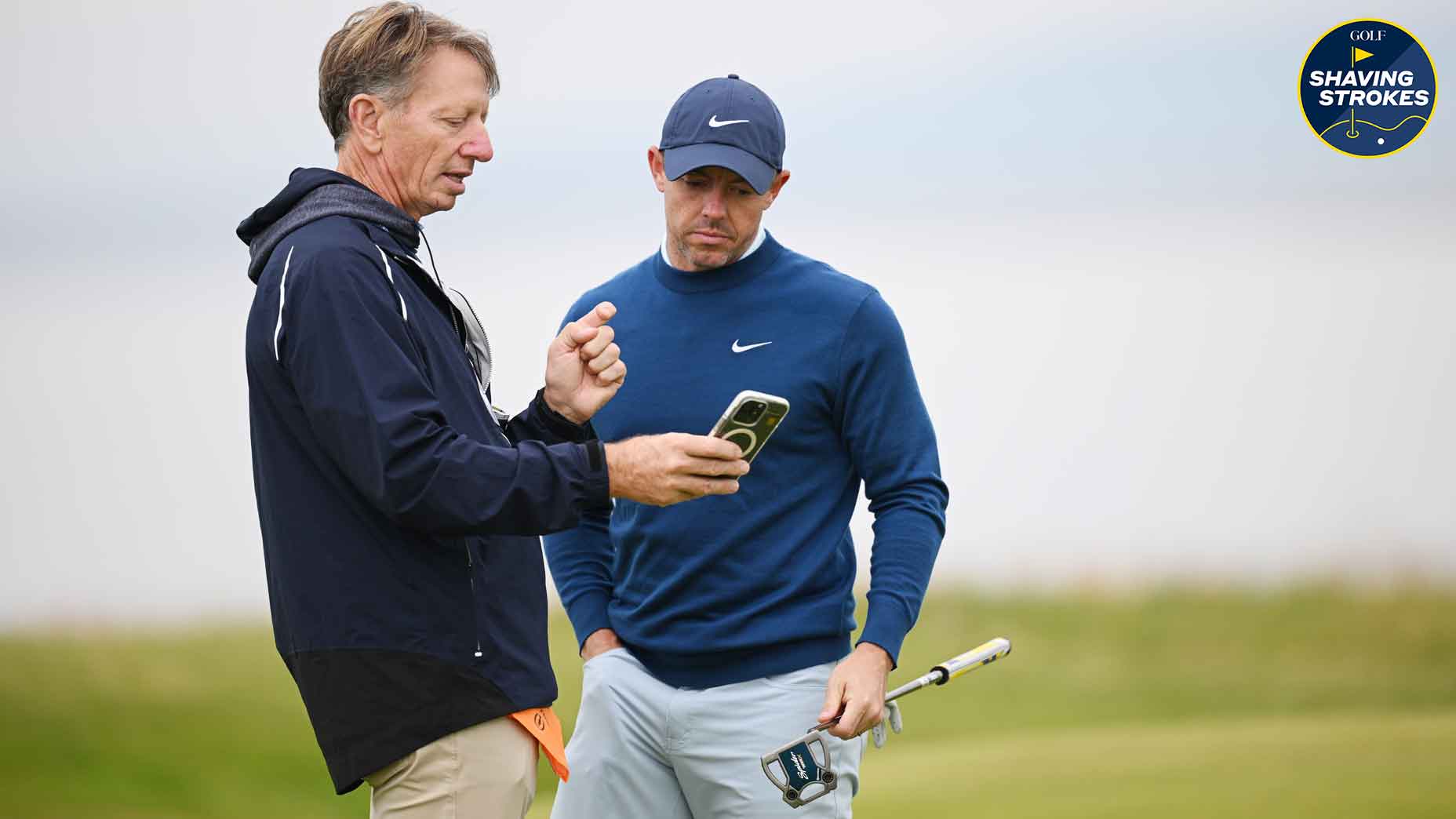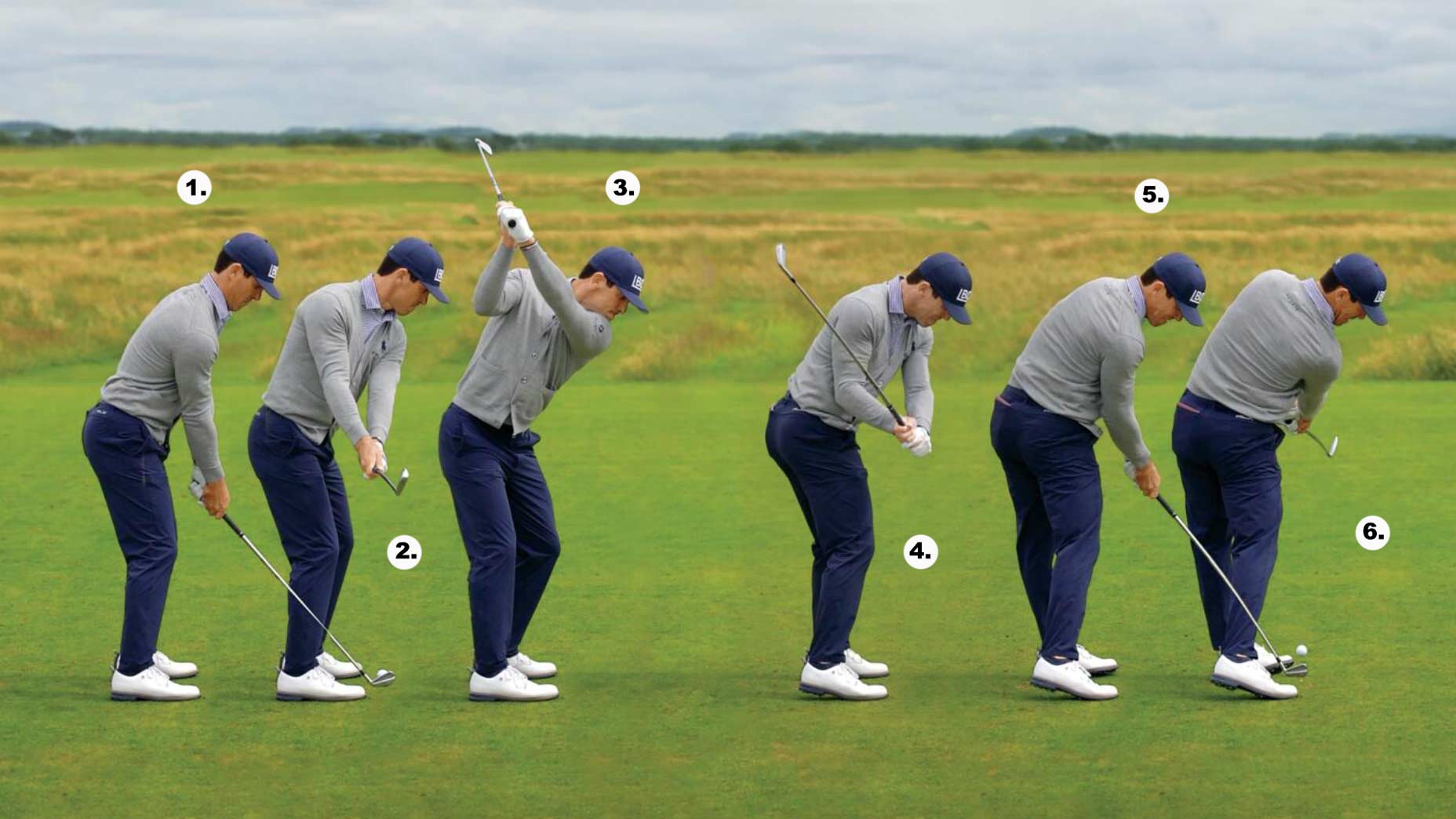Welcome to Shaving Strokes, a GOLF.com series in which we’re sharing improvements, learnings and takeaways from amateur golfers just like you — including some of the speed bumps and challenges they faced along the way.
If you ask a handful of golf teachers what the most important thing is while putting, many of them will tell you it’s distance control. And while it’s hard to debate that, if you don’t know how to read a green, then your pace doesn’t really matter all that much — because your ball still won’t end up anywhere near the hole.
So if you’re trying to eliminate putts on the scorecard, upping your green-reading ability is a good place to start.
While there isn’t a secret recipe to suddenly improve this part of your game, eight-time PGA Tour winner Brad Faxon — who also happens to be Rory McIlroy’s putting coach — says there are some easy ways to make minor gains.
One trick? Identifying the “straight putt,” as Faxon says in the video below (courtesy of Titleist’s YouTube channel).
“If you can learn what straight is, then you can learn what breaking putts are,” Faxon says.
So if you’re looking to improve your green-reading ability and give yourself more chances to shave strokes, take a look at Faxon’s tips below.
Brad Faxon says to find the straight putt. Here’s how
I’m a big fan of reverse engineering things — whether that’s in golf or something else in my life.
So what Faxon’s essentially saying here is similar: Once you know where the straight putt is on the green, you can then engineer a strategy to figure out how your putt will break or roll.
Since we rarely ever have a perfectly straight putt, Faxon suggests imagining a clock that circles around the hole, which should serve as a guide when it comes to reading greens.
Faxon then walks through a 10-foot uphill putt that he’s staring down in the video.
“Let’s just call this six o’clock where I am right now, and the hole’s the hub of the clock, then the other side would be 12,” he explains. “If you move towards either 5 or 7 [left or right], now you’re going to be able to see putts that break in certain directions.
“If you can find the straight uphill putt, now as I move towards 5 o’clock, now I know this putt’s going to move up the hill and slightly to the left. Conversely, when I move to 7 o’clock, now it’s up the hill and it’s going to move slightly to the right. If you can start to understand that process, then you’re going to be better at reading greens.”
The image below is how your brain should envision this clock concept while on the putting surface.

“Finding straight is something you can do on any green,” Faxon says. “When you understand that concept of what straight is, then you’ll be able to understand where to play your putts a little bit better when you’re hitting putts with some side-slope to it.”
So how can an amateur player find straight? A good method to use is simply walking around the hole and using your feet — which should give the sensation of any undulations. You can also look for dark and light patches on the greens, which help identify whether a putt is uphill or downhill.
By using Faxon’s suggested method of “finding straight” while putting, you can take the guesswork out of your shot and commit to your start line. So give it a try and start shaving some strokes off your game.

Titleist Pro V1x Left Dash Golf Balls
View Product










